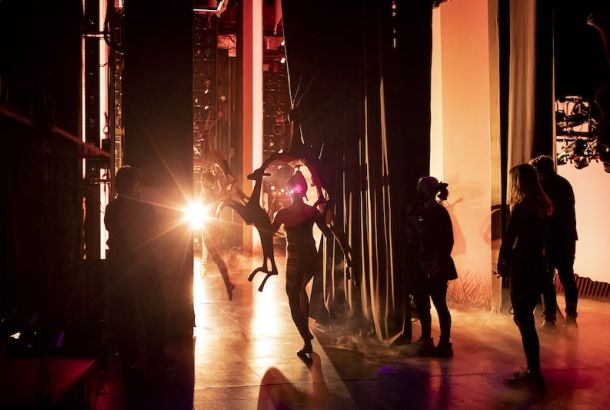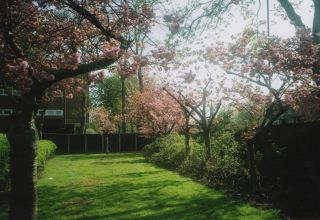Behind the lens: Manchester’s own Astrophotographers

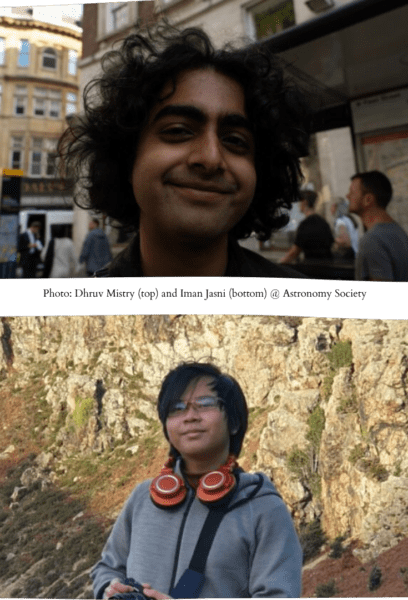 At 7:30pm on a Thursday night, in the cosy Niels Bohr common room on the sixth floor of the Schuster Building, I found the Astronomy Society holding their weekly star gazing and board games social. This quiet but entertaining group goes on trips to Jodrell Bank, hosts a stellar lecture series, and recently observed the Comet c/2022 E3 ztf in February. With a regular attendance of 40 members, the society welcomes all students enthusiastic about space.
At 7:30pm on a Thursday night, in the cosy Niels Bohr common room on the sixth floor of the Schuster Building, I found the Astronomy Society holding their weekly star gazing and board games social. This quiet but entertaining group goes on trips to Jodrell Bank, hosts a stellar lecture series, and recently observed the Comet c/2022 E3 ztf in February. With a regular attendance of 40 members, the society welcomes all students enthusiastic about space.
I am assured by society members that not a week goes by when UNO is not played, or rather argued over, and with access to the balcony for telescopic star gazing I can see why this is such a popular society. Tonight it is Women in STEM day, and so we are watching Hidden Figures, a movie about a team of female African-American NASA mathematicians working on the space programme.
I’m here to meet Dhruv Mistry (a third-year Maths and Physics student) and Iman Jasni (a second-year Mechanical Engineering student), two keen astrophotographers, to discuss their star gazing experiences.
How did you first get into astrophotography?
Dhruv: “Learning about the universe is related to my course (Maths and Physics) so I had a natural attraction to it. I used to watch lots of Carl Sagan documentaries about space when I was younger.
“At the society, I’ve been able to get into astrophotography, we go out on the balcony with the telescopes on a clear night. Last Saturday we tried to see the C2022E3 comet and we got about two minutes of good weather exposure to capture it. But it’s great to test the equipment out and use the imaging software. The society also puts announcements out if there are good conditions so you can join in if you are free.”
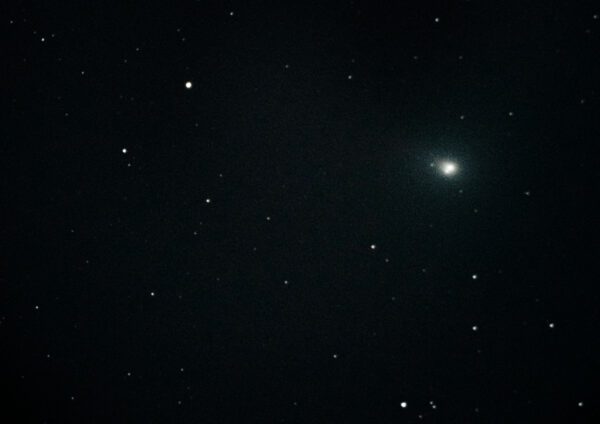
Iman: “During the pandemic as we all got locked in it got really boring inside, which is strange because the internet supposedly brought all human knowledge to our fingertips. But people started to realise they became more introspective of themselves.
“At the time I thought the sky would be a fun hobby so I talked about it with my parents and they bought me a telescope, I did not ask for it, but we all found it amazing! The moment I got that telescope the moon was an easy target and I showed my parents.
“They lived through the space programs and they know about the Apollo mission but they had never seen surface pictures of the moon before. So when they saw how bright the moon is through a telescope, and how the shadows of the craters looked on the surface, my parents broke into tears. From then on I wanted to capture the moon.
“But attaching a camera to the end of a telescope is way more complicated than one might think and that’s where the journey starts, three years ago before I started University. When I first joined AstroSoc, it was a slow start because I am quite shy.
“When you come to another country and you are the minority you have this mindset of there are certain things I should/shouldn’t do but over time these guys have been very accepting and now I am part of the committee.” Iman is the Inclusion Officer and resident astrophotographer.
Do you do all of your astrophotography at the society?
Dhruv “I went camping in Snowden to see the stars with no light pollution, and I recently got a picture of “M51 Whirlpool Galaxy”. Due to bad weather and mount problems the stack is only nine minutes of exposure, but it turned out quite well.”
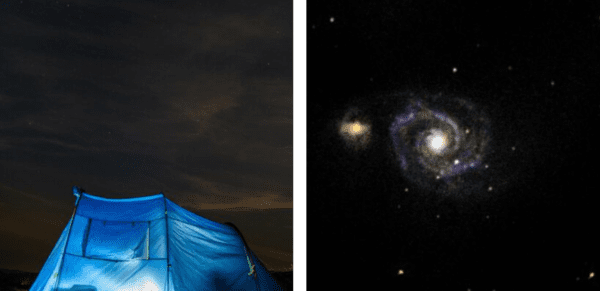
Iman “Actually, most of my work is separate from the university, once I got my camera it was just a matter of time finding target after target…the brightest [galaxy] that we have is Andromeda. Three months ago in Platt Fields Park, I got it on a very clear and not too humid night.
“So far that’s my best [photo], I have yet to beat it. I tried to go for Orion’s nebula, but it was a full moon at the time. White light is comprised of all light, so when the moon shines the very faint details have gone, so it’s not as beautiful as I wanted it to be.
“Now I know what I can do I want to do it again, and reaching that point I keep forgetting it’s a really long journey and it’s hard. But with hindsight you know you can do it again, it’s not the end of the world anymore. The satisfaction is comparing with yourself and seeing yourself improve.”
What would you say to people who are interested in joining the society or getting into astrophotography?
Dhruv: “It’s quite simple now because there are so many cheap cameras that don’t have to be high-tech to get a good star image. The main thing is the area, the land and the time you have to get the shot. It forces you to travel and go camping. Anyone can get into it and it’s definitely something to experience.”
Iman: “Photographers who already have a camera just need to point the camera up at night to bring the heavens into their hands. You are freezing time in your hand and you can freeze galaxies in time, or rather back in time.
“The James Webb Telescope has given us a new pair of eyes, or rather one eye, but seeing in a different light. What we see with our naked eye is tiny in comparison to what the spectrum of light is.
“The people in this department, in this building [Schuster] study all light: from radio waves, which is what we use to send messages online, up to ultraviolet which we are afraid of giving us skin cancer. We can use ultraviolet to see different molecules on planets far away from our own system. For me, knowing that [it went from] people like Galileo looking at the sky, to us now ‘seeing’ chemicals and gravity is amazing”.

At AstroSoc, Iman is planning to run an astrophotography competition and is going to hold a workshop in a few weeks at a social night. Iman said it will cover “how to take pictures of the sky so I can level the playing field so everyone knows that they can be part of it. For example when the right time is, weather and light pollution, which cameras and software to use and how to use [them]”.
Iman plans to display the pictures on projections in a celebration for the society. Iman said, “Some of these people don’t know where to go, they have done it but need somewhere to share it. The society wants to be that platform.”

